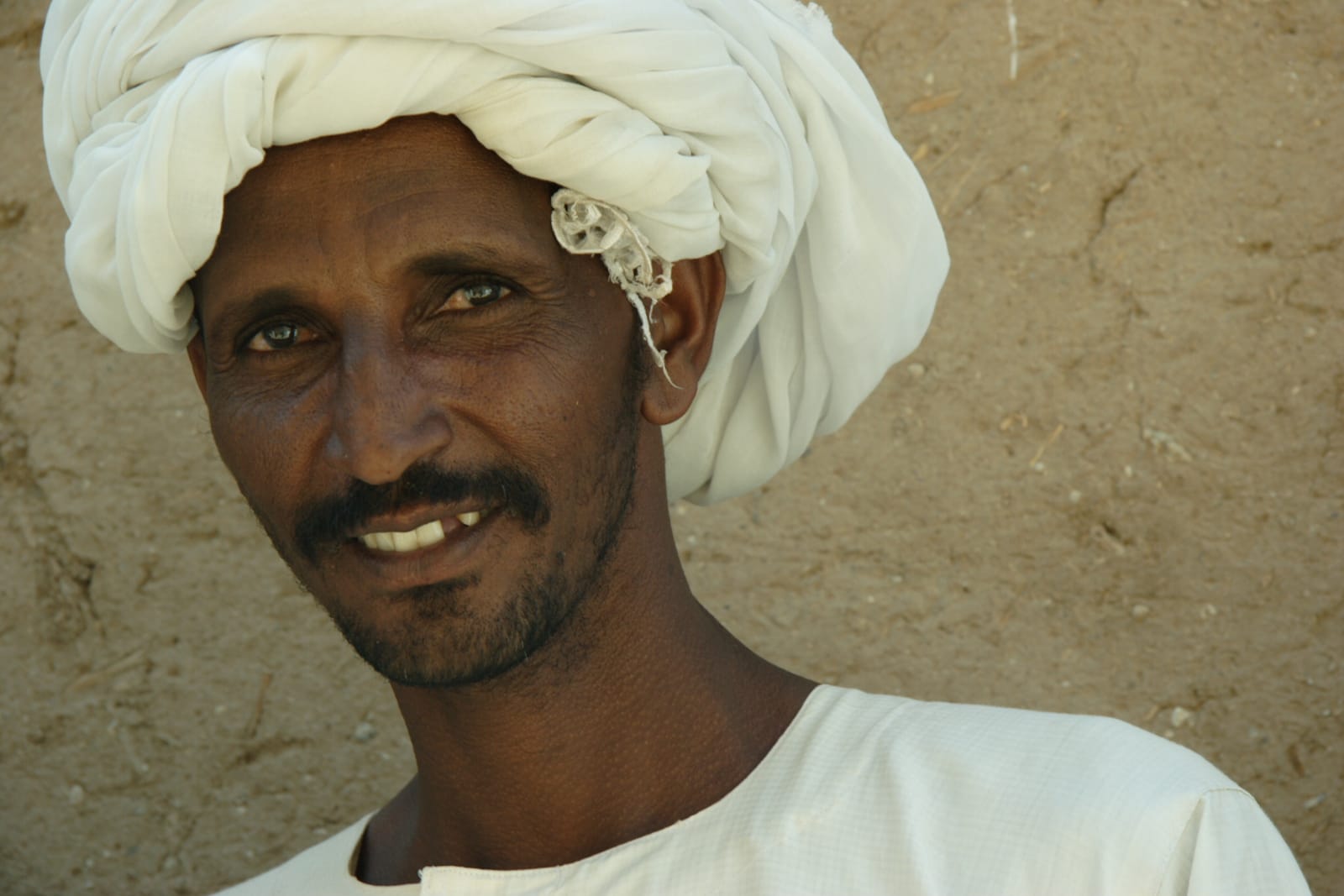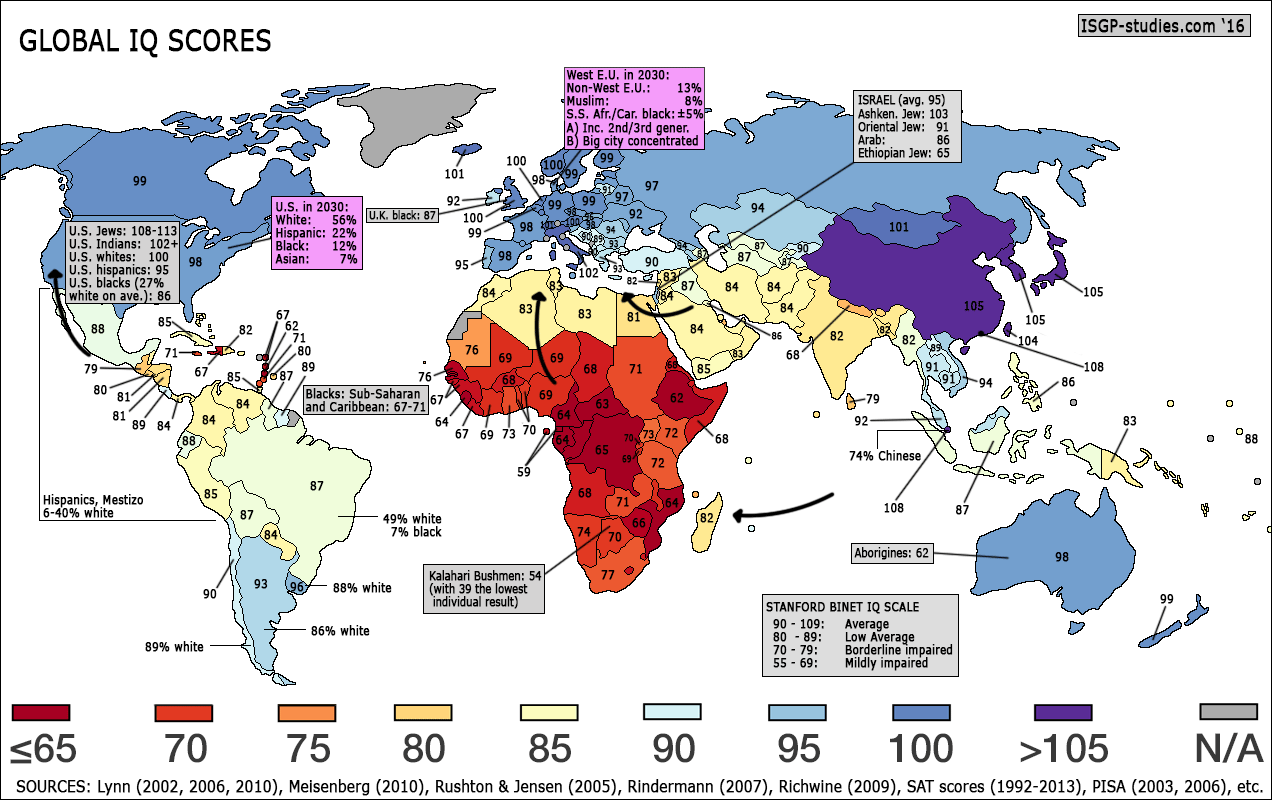Was Colorism Started Is It Now Maintained by White People?
Executive Summary
- Blacks often claim that all color differentiation is the “legacy of slavery.”
- This article questions this explanation.

Introduction
Non-whites have a habit of trying to place any societal issue onto whites. One example of this is claiming that whites defined all issues of colorism.
Our References for This Article
See this link if you want to see our references for this article and other related Brightwork articles at this link.
Claims by Blacks
A black commenter made the following claim.
Colorism was started by white people. Skin color issues began here. Did you just read the chapters of history that you wanted to know about?
If one looks all through many parts of the world, there is a preference for lighter skin, which is true in India and Indonesia. So I it isn’t easy to see how all of this could have been caused by white people. And if white people caused it, why had it persisted after these countries received independence?
In the Arab world, there was a strong distinction between Arabs and blacks. Arabs are not white. So when a black person says this, are they including Arabs as white?
Skin Whitening
Skin whitening is used throughout the world. Rather than blame the local cultures, many blacks exclusively blame whites. What is stopping these independent countries from no longer engaging in skin whitening? Are whites in the US, Europe, Australia, and Canada telling these people to whiten their skin? I don’t recall this happening, and these privileges are occurring in countries without any whites.
The video points to ads from hundreds of years ago that no person today sees. Secondly, the woman being interviewed states that the ads proposed that white civilizations were superior to non-white. However, white civilizations were and continue to be superior to non-white. This is evidenced both by the accomplishments of white civilizations and by the fact that given a choice, far more people from non-white civilizations want to live in white civilizations than the other way around. Non-white civilizations, in significant part, owe their improvements in their lifestyles to inventions and methods that came from white civilizations. Human rights, women’s rights, animal rights, freedom of speech, workers’ rights — all of these came from white civilizations. This superiority may be a reason that people in non-white countries want to appear to be more white.
It is incredible that videos like this place 100% of the responsibility for non-whites either lightening their skin on whites. Whites do not care if non-whites in non-white countries lighten their skin. These people in these societies are responsible because their own societies promote and prefer lighter skin. The reality is that there are not dark-skinned societies that lead the world in anything, and the countries that lead the world are white. Therefore, it should be unsurprising that people seek not to emulate failure but to emulate what is above them.

Beyonce is an excellent example of this. Beyonce talks about black pride but modifies her appearance to be as white as possible. That is not her natural hair, and it is lightened, and it may be a wig. The application of her makeup makes her appear far more white than she is with a clean face. Black men prefer lighter-skinned women. White people in the US do not make black men have this preference, and black men develop this preference while calling other people who prefer lighter skin racist.
Colorism in Sudan
These quotes are about colorism in Sudan.
A swell of laughs and chatter fills the air as Jemma* greets familiar faces inside Juba’s cultural centre, one of the few spaces in South Sudan’s capital to offer young people some entertainment.
But the voices get quieter as soon as the conversation turns to a topic that’s hard to avoid in this river port city of roughly 500,000 people.
“From the moment we’re born, we open our eyes and we know that everything black is bad,” Jemma told Al Jazeera, explaining why she is bleaching her skin.
Who told Jemma this because it is not white people? There are barely any white people in Sudan, and those that are there are not shaming Sudanese for their skin color.
The quote continues…
Some young women nearby would rather not speak about this, not even anonymously. It’s too embarrassing, they say in a low voice, even if many are doing it.
But in South Sudan, the world’s youngest country and home to some of the darkest people worldwide, skin whitening and the issue of colourism – commonly defined as prejudice or discrimination against dark-skinned people – is linked to a complex history.
Now, who is enforcing this prejudice? Is it white people? Probably not. Let’s find out.
The quote continues…
It can be traced back to centuries of colonialism, the violent birth of a nation and its displacement, as well as its decades-long struggle for acceptance and independence from its northern neighbour, Sudan, from which it seceded in 2011 after decades of civil war.
Sudan was colonized through Egypt by the British. So without the specifics, this quote makes it sound like Europeans heavily colonized Sudan — at least that was the implication. And, of course, Middle Eastern culture has just about zero overlap with European culture. Let us find out more with the following quote.
In 1899, the Anglo-Egyptian colonization of Sudan started, and the British ruled Sudan through their “divide-and-rule” policy, meaning an ethnic division of the Sudanese people. This policy favored the Arabic speaking, light skinned, Muslim, Northern Sudanese over the darker skinned, Christian South Sudanese; creating a gap between both. This eventually led the Northern Sudanese people to think of themselves as superior to the Southern Sudanese, for the people from the North had better educational chances as well as training and administration jobs giving them a high social and economic status in the country. In addition, all the strong infrastructure, development projects and health facilities were typically in the North. – Healthy Feminist
So, after the British through Egypt colocalization ended in 1956, why did the Sudanese continue this segmentation of their society. Recall that this was a continuation of the colocalization by Turkey-Egypt (at that time the Ottoman Empire). Could it be that the Northern Sudanese were not interested sharing their status with South Sudanese? Notice that the blame is placed on either the Turks, or Egyptians or the British, but not on the Sudanese themselves, even though roughly 65 years have passed. Kenyans were not even involved in this process, yet they also discriminate against South Sudanese. What is causing the Kenyans to do this?
Most whites do not consider Egyptians white, and they have lighter skin than Sudanese. Most colonialization in northwest Africa was not by Europeans but by Arabs. So when colorism is blamed on colocalization, is it mainly blamed on Egyptians (as it should be) or just the amorphous “white people?”
The quote continues…
Most of South Sudan’s tribes are of African heritage and the majority of them are Christian, whereas their northern counterparts in Sudan are of Arab origin and mainly Muslim.
Before independence, the latter, more light-skinned Arab Sudanese, ruled a then-united Sudan out of Khartoum, with a clear goal to Islamise and Arabise the entire country. In a speech to the National Assembly in 1987, Sudan’s then-Prime Minister Sadiq al-Mahdi said: “The dominant feature of our nation is an Islamic one and its overpowering expression is Arab, and this nation will not have its entity identified and its prestige and pride preserved except under an Islamic revival.”
Ok, so these people are not white, “lighter-skinned” Sudanese. A lighter-skinned Arab Sudanese will be thought of as black by Europeans.

Here is a picture I was able to find for an Arab Sudanese. So this is not a white person, and this is a lighter-skinned black person. So the racism or colorism that is enforced is between lighter-skinned black people and whites in Sudan. Again, no whites are enforcing this colorism.
The quote continues…
Discrimination and racist commentary were commonplace. Classifications such as “blue-black” or “green black” can still be heard today in Sudan and some neighbouring countries, referring to the hue of people’s dark skin.
“When we were one Sudan, you were being made to feel like you’re a second-class citizen,” says Rebecca Joshua Okwaci, South Sudan’s minister of roads and bridges, and one of the country’s most known advocates against skin bleaching.
But by who? By Scandinavians? No. By lighter-skinned blacks.
The quote continues…
“The fact that you are from the descendants of the slaves, and slavery is always associated with black colour” played a big role, she adds, leaning forward to rest her arms on the large desk in front of her.
So the Arab slave trade went on for around 1200 years, and it continues, under a different name to this day, as I cover in the article Did Slavery Ever Stop in Arab Countries? This predates any involvement from whites or Europeans. Most Muslims still do not see anything particularly wrong with slavery, a view shared by many Africans, but they do not themselves want to be slaves.
Slavery is associated with color in Africa — although Africans enslaved other Africans without a skin color distinction, slavery in Europe did not have a skin color distinction.
The quote continues…
Suzan Kim Otor, country coordinator for the anti-hate speech organisation Defyhatenow, went through that experience.
“I grew up in Kenya and Kenyans are reputably lighter than South Sudanese and it has always been an issue,” says Otor, who doesn’t use skin-whitening products and never wanted to try them either.
So wait. Again, these are now lighter-skinned Kenyans who enforce skin color discrimination on South Sudanese. Who is doing this or making modern Kenyans think this way? We have two examples so far: lighter-skinned Arab Sudanese discriminating against darker-skinned South Sudanese and lighter-skinned Kenyans doing the same. This is a bit odd, as blacks continually accuse whites of being racist towards them. However, we have an example of skin discrimination or “colorism” in a region with virtually no white people.
The quote continues…
Joshua also had her own run-ins with colourism during her time living in Egypt and Sudan’s capital, Khartoum.
“Sometimes, some parents would say ‘be careful. don’t befriend these children who are coming from South Sudan’,” she says, adding that people can feel “vanquished, defeated and they will struggle to find a way … to be accepted and therefore they may end up bleaching. I sympathise”.
After independence in 2011, many South Sudanese who had gone abroad to flee fighting and instability at home gradually decided to return. Having lived through racial abuse, some had grown accustomed to bleaching their skin in order to better fit in.
It’s a habit they – including Jemma at the cultural centre, who lived in Egypt – brought back home.
“When a bride is about to get married, they expect her to be light skinned. Why? Because light skin is a sign of beauty. So if you’re not light skinned and you’re not using the bleaching products … you find that your friends are going to talk ill about you. Your family members are going to force you [to bleach your skin],” Otor says.
“And now, it’s a battlefield between the girls who are naturally dark and girls who are light skinned” who bleach, says Otor.
Yes, and all of this without the involvement of a single white person. It seems like colorism is perhaps most aggressively enforced by non-whites.
These extreme views on skin color in Sudan are also demonstrated in the following quotation.
In Sudan, men with any skin tone refuse to marry a woman that is not fair skinned – leading to a wave of bleaching by women – even with its high medical risks such as cancer, liver and kidney diseases. In the same context, if a light-skinned Sudanese woman marries a dark skinned man, the whole community lashes out on him and her for choosing him, commenting that there are enough light-skinned men so why did she pick the Black man. A good example of this is an incident that occurred recently in Sudan when football player Esam (Black) got married to his (light-skinned) wife and went live during the wedding where people started commenting that he is a slave and a ne*** and that she shouldn’t have married him. – Healthy Feminist
Interesting. A person with dark skin in Sudan is called a “slave.” I don’t think that would happen in any white country. Can you imagine such commentary in Belgium or the Spain — where a person would be called a slave because they have dark skin?
During the Turkish-Egyptian colonization of Sudan (1821–1899), slave markets were particularly targeting the citizens of the South and West of the country because of their dark skin color. The slave trade was systematically related to the policy of the government at that time, planting the seeds of discrimination and anti-Blackness in the society. – Healthy Feminist
Yes, so this was again, a colonization by non-whites, who happened to have lighter skin than Sudanese.
Global IQ And Skin Color
Something that many will find offensive is that IQ is related to skin color. Observe the map of average IQ in the world.

IQ and development follow where people evolved with the more northern latitudes (except Australia and New Zealand, which are white due to settlement from Europe) have higher IQs. The highest average IQs are found in North Asia. The lowest average IQs are found in Africa, but overall the close one is to the equator, where there is more sun, and where humans evolve darker skin, the lower the average IQ. White people (which includes North Asians) did not make this reality. This is reality.
Conclusion
Even when the preference for white skin is promoted and enforced by countries with virtually no white people, some way is found to blame whites for this issue. The people who are non-white and prefer lighter skin are never condemned. This fits into a pattern where non-whites are not held accountable for their actions — and whites are held responsible for the actions of non-whites, often in countries that they barely even know to exist. This is a meaningful way to remove the agency from non-whites, a constant feature of the modern media.